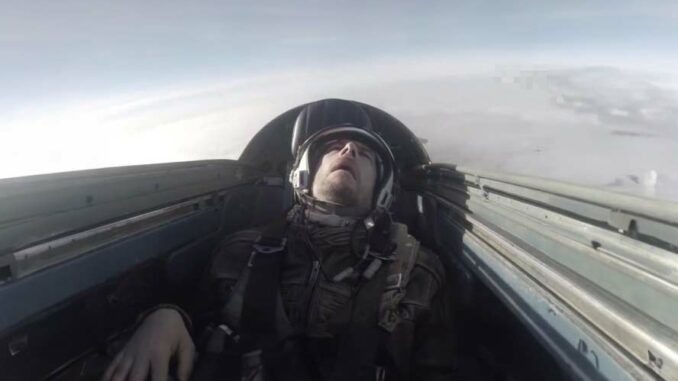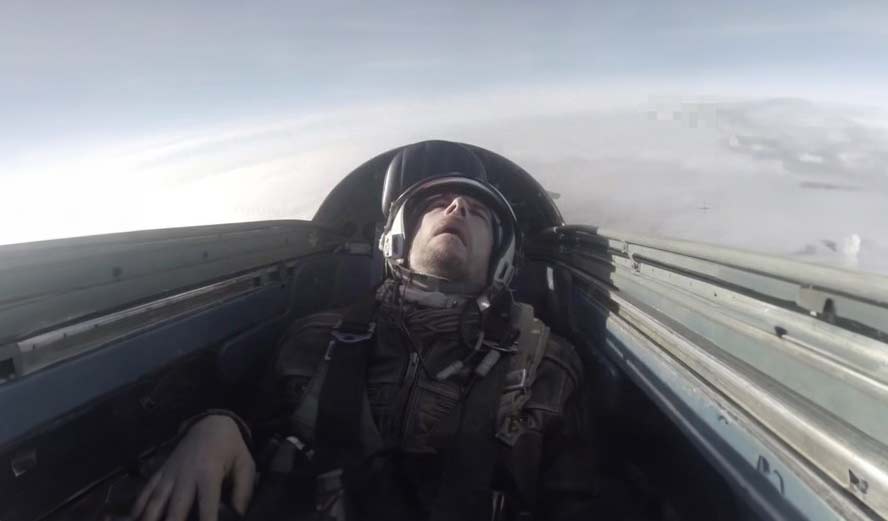
Discover the blackout phenomenon, its effects on fighter pilots faced with G forces, prevention strategies and possible after-effects.
In the world of fighter aviation, pilots are confronted with extreme forces, notably intense gravitational (G) accelerations. One of the most feared phenomena is “blackout”, a term that describes a loss of vision due to excessive gravitational acceleration. This article aims to detail the technical aspects of this phenomenon, its effects on pilots’ bodies, and possible after-effects.

What is Blackout?
Blackout occurs when the gravitational force exerted on the body, particularly during fast maneuvers or tight turns, is so strong that it causes a critical reduction in blood supply to the brain. This leads to cerebral hypoxia (lack of oxygen), usually beginning with a loss of peripheral vision, which can lead to total loss of vision or even unconsciousness.
Physiology of the phenomenon
When a pilot undergoes positive acceleration (Gz), blood is forced downwards. The heart has to pump harder to maintain a sufficient blood supply to the brain. If the force is too great, the heart can no longer compensate, leading to reduced oxygenation of the brain and consequent blackout.
Effects on the body
The immediate effects of blackout include:
- Loss of vision: Initially, peripheral vision is affected, gradually narrowing until total loss of vision is possible.
- Loss of Consciousness: If the situation persists, the pilot may lose consciousness, which is extremely dangerous when piloting an aircraft.
Potential consequences
If managed correctly, blackout does not lead to permanent damage. However, repeated or prolonged exposure to high acceleration can have long-term effects, such as:
- Brain damage: Prolonged hypoxia can cause irreversible brain damage.
- Vision problems: Repeated episodes can lead to persistent vision problems.
- Heart Fatigue: Repeated stress on the heart can have long-term consequences on cardiovascular health.
Prevention and management
There are several strategies for countering blackout:
- Anti-G suits: These suits exert pressure on the body to help maintain blood flow to the upper body.
- Physical training: Pilots undergo rigorous training to build up their tolerance to high Gs.
- Breathing and Muscle Contraction Techniques: Specific techniques help maintain blood pressure and oxygen supply to the brain.

Research and development
Research continues to improve the understanding and management of blackout. This includes the development of more effective anti-G suits, improved cockpits to reduce the effects of G-forces, and advanced pilot training.
Blackout remains a major challenge in fighter aviation. Understanding this phenomenon, and continually developing technologies and techniques to prevent and manage it, are crucial to ensuring the safety and performance of fighter pilots. This underlines the importance of a holistic approach that takes into account technology, human physiology and rigorous training to overcome the challenges imposed by the extreme environments of modern aviation.